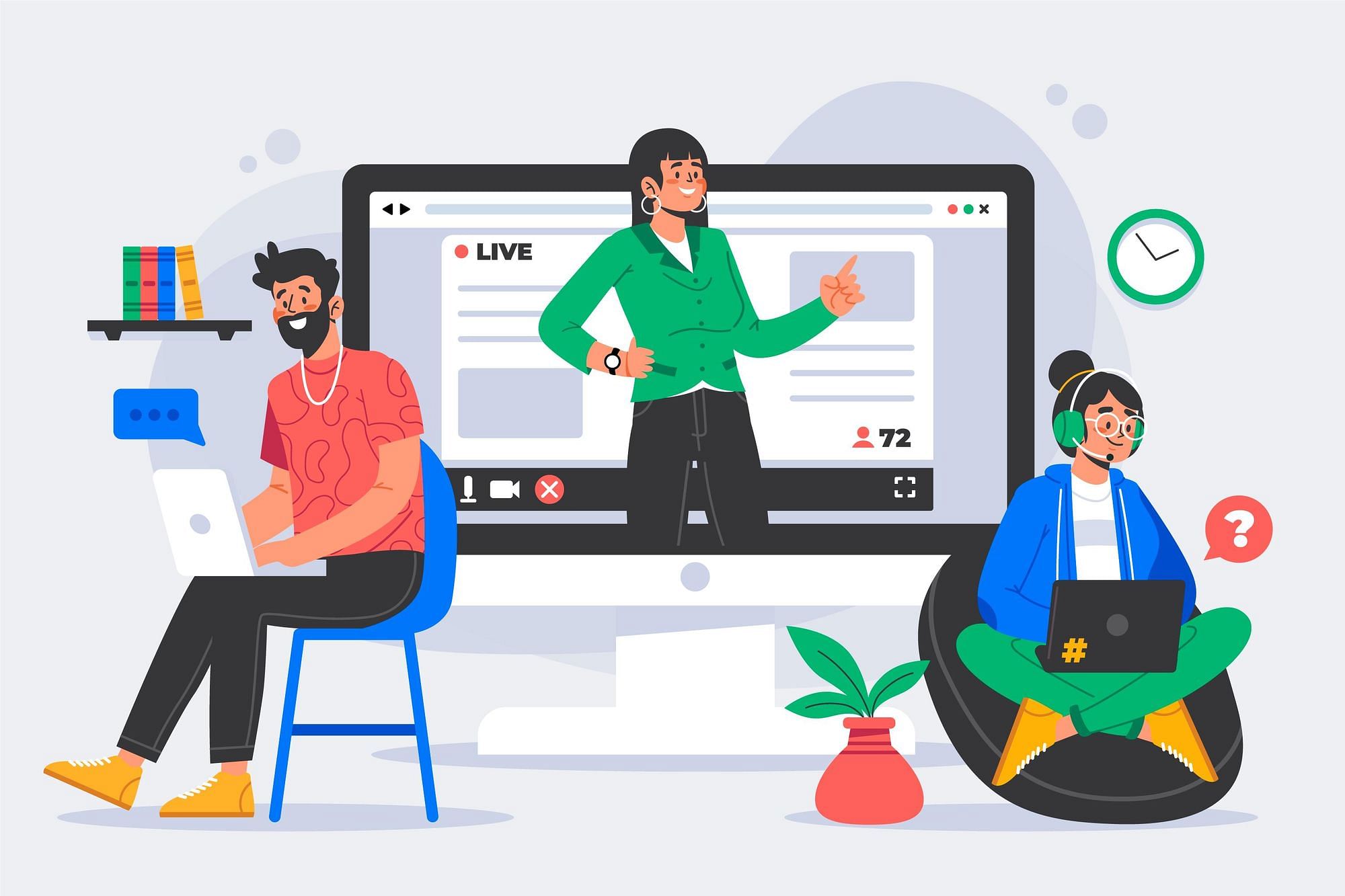Blitz News Digest
Stay updated with the latest trends and insights.
Zoom Fatigue: How to Keep Your Brain Awake in Online Classes
Conquer Zoom fatigue! Discover fun tips to keep your brain engaged and energized during online classes. Unlock your full learning potential!
Understanding Zoom Fatigue: Signs, Symptoms, and Solutions
Zoom fatigue is a term that has gained significant attention in recent years, particularly as remote work and virtual meetings have become commonplace. This phenomenon refers to the exhaustion and mental strain that many individuals experience after prolonged periods of video conferencing. Some common signs of Zoom fatigue include difficulty concentrating, increased anxiety, and a sense of burnout. Additionally, individuals may notice physical symptoms such as headaches and eye strain after long hours in front of a screen. Understanding these symptoms is crucial for recognizing when virtual interactions become overwhelming.
Fortunately, there are several solutions to combat Zoom fatigue that can enhance your virtual meeting experience. First, consider scheduling breaks between meetings to allow yourself time to recharge. A simple rule of thumb is to take a five-minute break every hour. Additionally, turning off self-view or reducing the amount of time spent on camera can help minimize the pressure of maintaining a polished appearance throughout a meeting. Lastly, try to engage in more asynchronous communication when possible, such as emails or messages, to limit the number of live video calls you need to attend. By implementing these strategies, you can significantly reduce the impact of Zoom fatigue on your overall productivity and well-being.

10 Effective Strategies to Combat Zoom Fatigue in Online Learning
Zoom fatigue is a common issue faced by learners in online education, leading to decreased productivity and engagement. To combat this, one effective strategy is to implement regular breaks. Schedule brief intermissions every 25-30 minutes during online sessions to allow participants to stretch and recharge. Additionally, incorporating active participation techniques, such as polls or breakout discussions, can keep learners engaged and diminish the feeling of monotonous screen time.
Another impactful approach to reduce Zoom fatigue is to create a comfortable learning environment. Encourage students to tailor their workspace, ensuring they have proper lighting and ergonomic seating. This can significantly affect concentration and comfort levels during online classes. Moreover, visual diversity in presentations, like using infographics or videos instead of solely slide-decks, can help maintain interest and facilitate better information retention.
Is Zoom Fatigue Impacting Your Learning? Discover the Ways to Stay Engaged
The phenomenon known as Zoom fatigue has become increasingly prevalent in our digital learning environments. As students and educators rely on video conferencing platforms for remote classes, many find themselves feeling more exhausted and less engaged than during in-person instruction. Factors contributing to this fatigue include prolonged screen time, the pressure of maintaining eye contact, and the struggle to absorb information when surrounded by distractions at home. Recognizing whether Zoom fatigue is affecting your ability to learn is the first step in combatting the issue.
To counteract Zoom fatigue and enhance your learning experience, consider implementing the following strategies:
- Take Regular Breaks: Schedule short breaks between sessions to rest your eyes and mind.
- Engage Actively: Participate in discussions and ask questions to maintain your focus.
- Create a Dedicated Learning Space: Set up an area conducive to studying and minimize distractions.
- Limit Multitasking: Focus solely on the task at hand instead of juggling multiple screens.